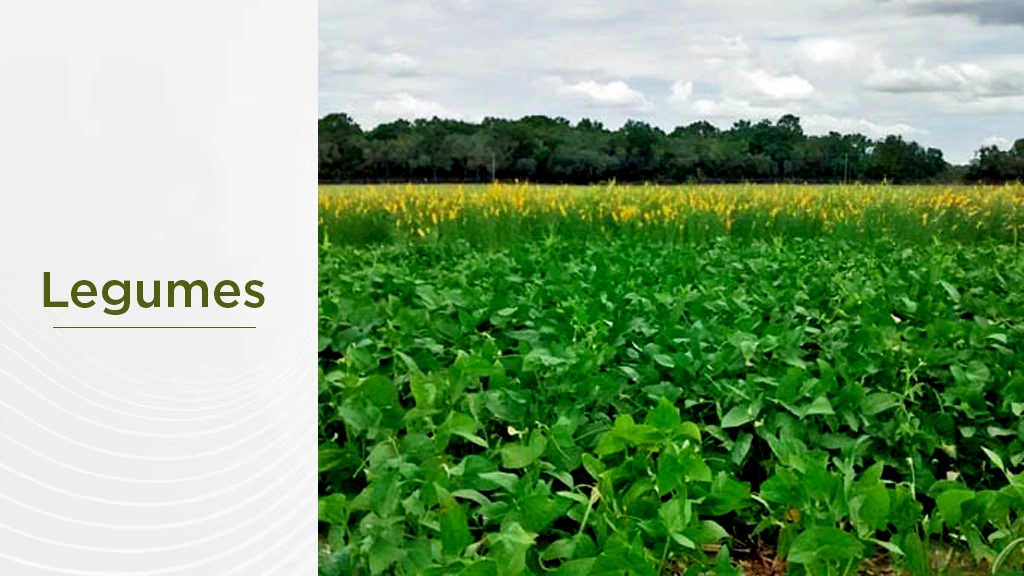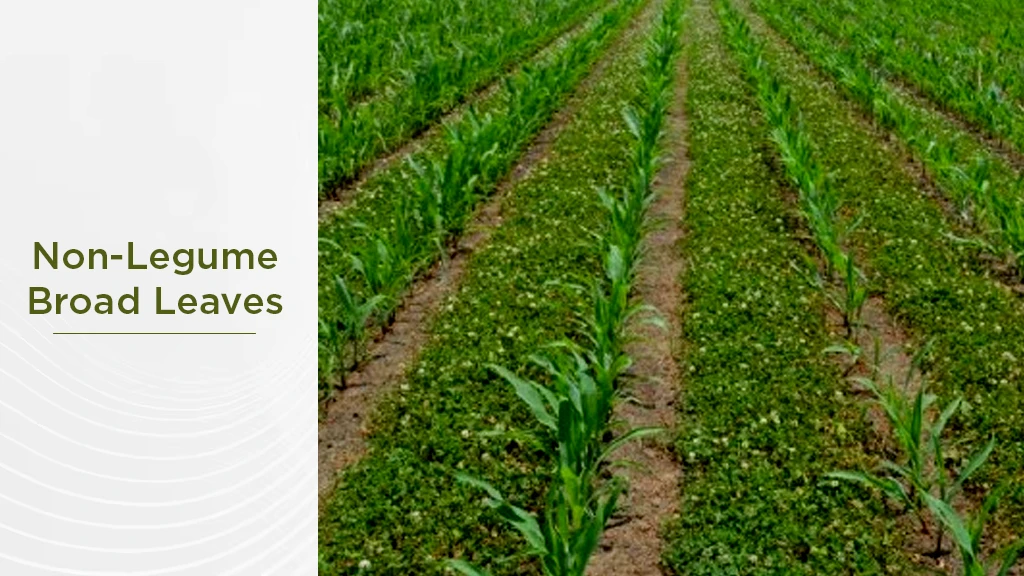What are Cover Crops? Its Meaning, Types and Benefits

Table of Content
What are Cover Crops?
Cover crops are intentionally planted between primary crops to add nitrogen to the soil, prevent erosion and weed growth and improve biodiversity. Different cover crops include legumes, non-legumes, brassicas, and grasses. These cover crops add nitrogen to the soil, prevent erosion and weed growth and improve biodiversity. A cover crop is cultivated during the off-season before starting the cultivation of cash crops to ready the land.
They are used as living mulch between the rows of crops or as livestock forage. Let us see the benefits of cover crops.
Benefits of Cover Crops
- Maintains Soil Health
- Moisture Control
- Nitrogen Enrichment
- Improve Water Infiltration and Retention
- Promote Microbial Activity
Maintains Soil Health
Cover crops help maintain and improve soil health. It reduces the flow of water, which prevents it from carrying fertile soil with it. It creates obstacles through stems, roots, and leaves, which allow water movement at a limited speed, thus maintaining soil health. It helps in stabilizing soil particles through the roots. Cover crops also prevent soil compaction by breaking soil's compaction layers. It helps repair and maintain the ideal structure of soil.
Moisture Control
Cover crops benefit through moisture control, mediating between precipitation and soil surface. The crop reduces the rainfall intensity when falling on the soil surface. It allows the roots to control the soil's moisture levels without it being removed by the force of falling rain. This moisture control helps the next crop by offering sufficient moisture in the soil.
Nitrogen Enrichment
Legumes are cover crops that yield nitrogen and help enrich the soil with nitrogen. They mediate through their roots between soil and the rhizobia bacteria for nitrogen in the soil. The legumes offer carbohydrates to bacteria, and the soil's nitrogen is released when the bacteria or the crop dies.
Improve Water Infiltration and Retention
Cover crops reduce the runoff of surface water, and the water is retained in the soil. It also reduces the evaporation of the water, as the water is retained in the soil. The residue helps increase water infiltration.
Promote Microbial Activity
Cover crops promote microbial activities through residue decomposition. When mixed with legumes, they enhance decomposition process. This decomposition with a diverse cover crop mixture increases the microbial and fungal community size. Different mixtures of cover crops help promote various levels of microbial activity, which results in an increased number of living organisms in the soil. This helps make the soil more fertile, which results in improved crop quality.
Examples of Cover Crops
- Grasses
- Legumes
- Non-Legumes
- Brassicas
Grasses

Grasses are an ideal option among all cover crops. The reason is that they have deep roots, which allow them to add organic matter to the soil by breaking the compaction. This cover crop is helpful in controlling soil erosion. It can also be used for other purposes, such as livestock forage.
Legumes

Legumes make an alternative to grasses as popular cover crops. These enrich the soil by providing it with nitrogen nutrients. This nitrogen nutrient is helpful for the growth of the plants. Legumes have deep roots, which can break soil compaction and hold the soil tightly to prevent soil erosion.
Non-Legumes

Some commonly used non-legume cover crops involve oats, barley, and wheat. Most of these are suitable for suppressing weeds, preventing soil erosion, building organic matter and scavenging nitrogen. Some of these cover crops are classified as summer annuals, winter annuals, biennials and perennials. These improve the soil structure and bind the particles directly through the roots.
Brassicas

Brassicas cover crops are grown because of their quick growth. The brassicas involve turnips, mustard, and radish. These are helpful in reducing soil compaction and suppressing the growth of weeds. These are leafy and offer shade to the soil, which also prevents weed growth. Different brassica has different root systems and breaks soil compaction differently.
Frequently Asked Questions On What are Cover Crops? Its Meaning, Types and Benefits
1. What is a cover crop?
Cover crops are intentionally planted between primary crops to add nitrogen to the soil, prevent erosion and weed growth and improve biodiversity.
2. How do cover crops work?
They enrich the soil by rebuilding the organic matter and preventing soil compaction.
3. What is the purpose of a cover crop?
The purpose of a cover crop is to prevent soil erosion, improve water retention, manage microbial activity, and improve soil fertility.
4. How do cover crops help prevent soil erosion?
Cover crops prevent soil erosion by reducing the water flow speed and collective breakdown of soil.
5. When to plant cover crops?
Usually, cover crops are planted right after harvesting of main crop to avoid interference from respective crops towards the growth cycle of other crops.


Related Blogs












